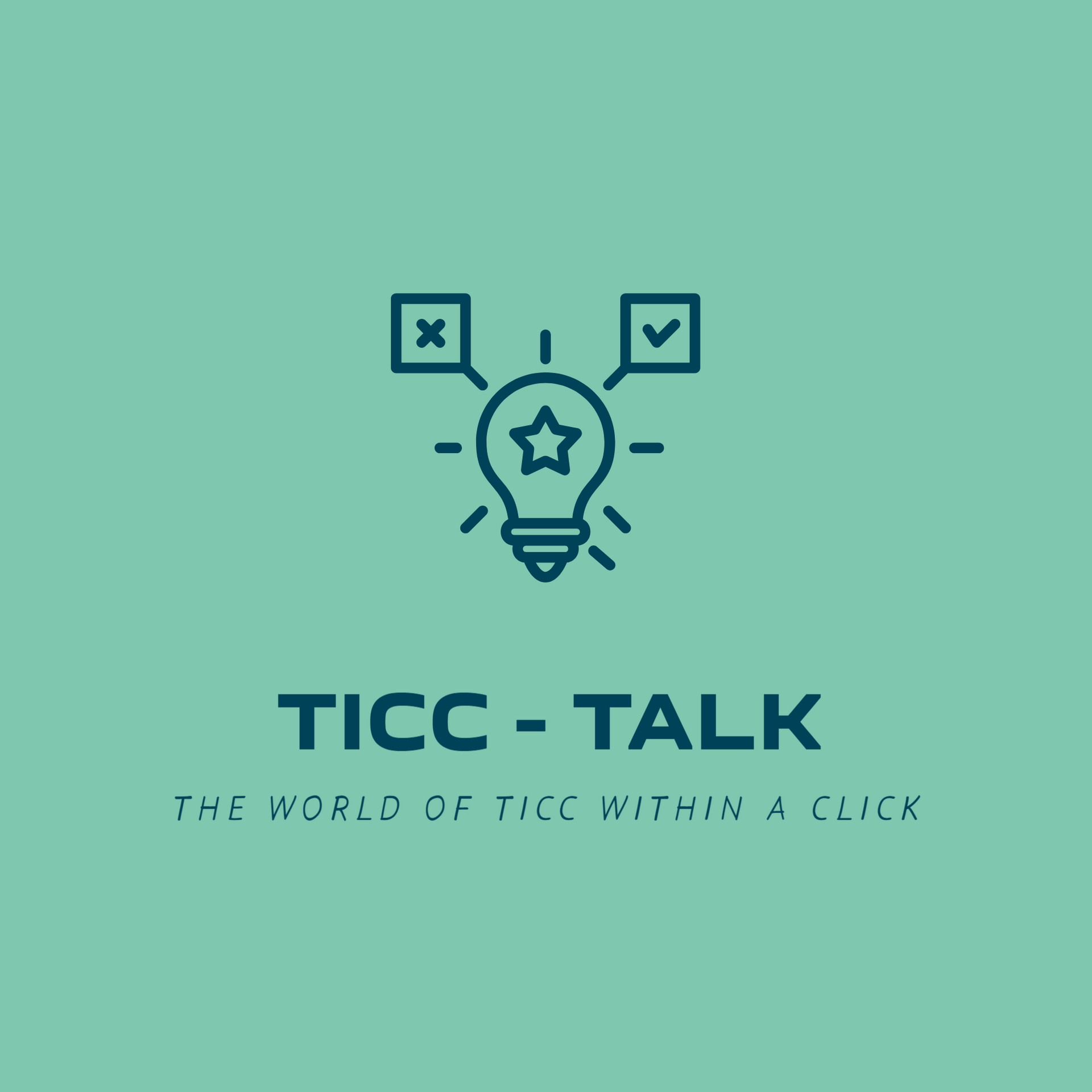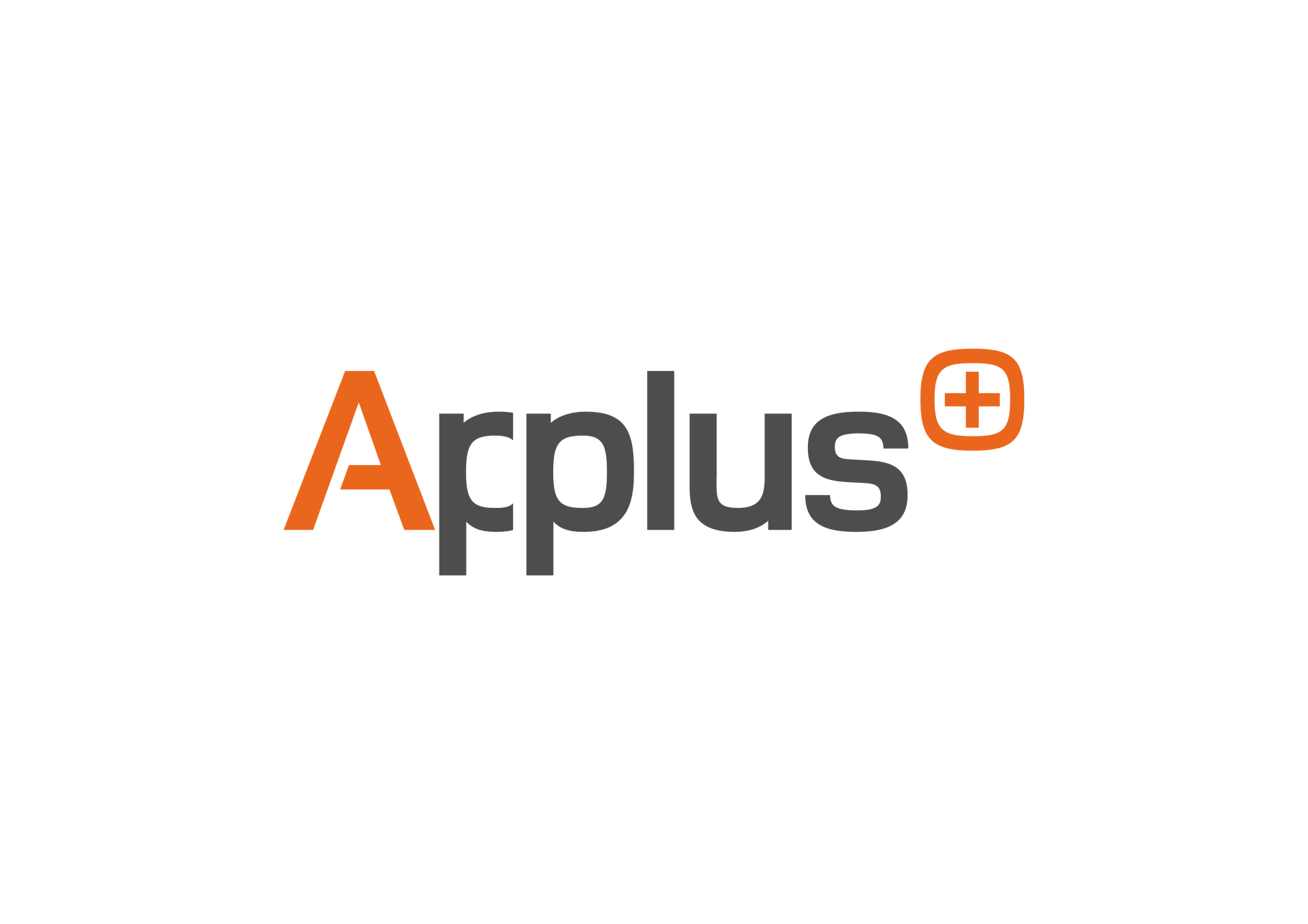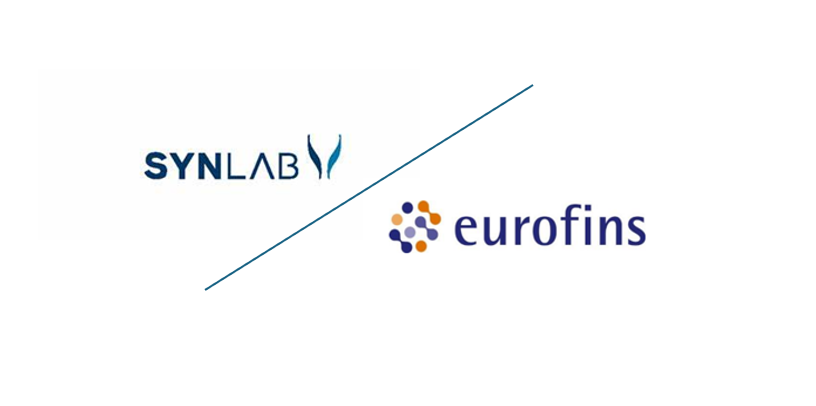Why Neogen’s Petrifilm Automated Feeder May Not Be the Full Solution the Industry Needs
Neogen / Food Safety / Automation / Critical Questions / Opinion
Key Takeaways
- Neogen’s integration of 3M’s Food Safety Division faced initial supply chain challenges and rising competition.
- The new Petrifilm Automated Feeder targets high-volume laboratories but leaves significant gaps for smaller labs.
- The feeder raises questions about Neogen’s pivot away from its prior collaboration with Robotics Labs (formerly Tecnic) on the InoBot Series.
- A closer look reveals potential missed opportunities for scalability and market inclusivity.
Neogen’s Integration of 3M Food Safety: A Very Bumpy Start
When Neogen acquired 3M’s Food Safety Division in 2022, it positioned itself as a leader in microbial testing solutions. However, the transition was not without hurdles. Early on, Neogen encountered challenges with supply chain interruptions and SKU integration, leading to delays and customer dissatisfaction. This left room for competitors to strengthen their positions, particularly in markets like Europe and Asia, where alternatives like
CompactDry and
Kikkoman’s Easy Plate began to gain solid traction.
Despite these initial setbacks, Neogen has made strides in addressing these issues, especially with its recent focus on automation—a crucial frontier in laboratory efficiency.
The Petrifilm Automated Feeder: A Game-Changer or Missed Opportunity?
Neogen’s newly launched Petrifilm Automated Feeder promises to revolutionize high-throughput microbiological testing. Capable of processing up to 300 Petrifilm plates in just 33 minutes, it seamlessly integrates with the Petrifilm Plate Reader Advanced and exports data directly into LIMS systems. Designed for laboratories handling over 100,000 plates annually, this system optimizes workflows and minimizes manual labor.
However, for all its strengths, the feeder raises several critical questions:
- Why Abandon the InoBot Partnership?
Just a few years ago, Neogen (3M back then) partnered with Robotics Labs (then Tecnic) on the InoBot Series, an automation model praised for its scalability. The InoBot S, M, and XL catered to labs of all sizes, offering modular upgrades and flexible integration. So why did Neogen choose to start from scratch with the feeder?
Was it a strategic decision to create proprietary automation solutions? Or did logistical or financial challenges derail the InoBot partnership? Whatever the reason, this pivot has left many wondering whether the feeder’s single-purpose design can truly rival the adaptability of the InoBot Series.
- Why Only High-Volume Labs?
The feeder’s high throughput is impressive, but what about small and medium-sized laboratories that don’t process tens of thousands of plates annually? These labs are critical players in the food safety ecosystem, yet the feeder’s design excludes them. Could Neogen’s focus on high-volume automation limit its market reach?
- Limited Market Availability
Currently available only in the US and Australian markets, the Petrifilm Automated Feeder’s global rollout appears cautious. Why is Europe, a significant market for food safety testing, not rolled out completely? And what about emerging markets in Asia and Latin America, where demand for cost-effective automation is on the rise?
- InoBot vs. Petrifilm Feeder: Which is Better?
The InoBot Series offered several advantages over the Petrifilm Automated Feeder:
- Scalability: InoBot’s modular design allowed labs to upgrade as their needs grew.
- Versatility: InoBot handled both Petrifilm plates and traditional Petri dishes, making it a more comprehensive solution.
- Global Reach: Robotics Labs’ systems were available internationally, with support for diverse laboratory workflows.
While the Petrifilm Automated Feeder excels in speed and data integration, its lack of scalability and limited application scope may leave smaller labs searching for alternatives.
What Could Be Better?
For Neogen to truly lead in automation, it must address these gaps:
- Scalability: Introducing a modular version of the feeder could attract smaller labs and expand its market reach.
- Global Expansion: A faster rollout to Europe, Asia, and Latin America is essential to compete with alternatives like CompactDry and Kikkoman Easy Plate.
- Broader Compatibility: Enhancing the feeder to process multiple plate types, not just Petrifilm, would make it more versatile.
- Transparency on Strategy: Clarifying the pivot away from InoBot would reassure customers and stakeholders of Neogen’s long-term vision.
Conclusion
Neogen’s Petrifilm Automated Feeder represents a step forward in high-throughput automation, but its narrow focus and strategic shifts raise important questions. In an increasingly competitive market, addressing scalability, compatibility, and global accessibility will be critical for Neogen to solidify its leadership in food safety testing.
Want to Know More?
If you’re interested in diving deeper into automation trends or exploring the best solutions for your laboratory’s needs, don’t hesitate to contact us. Let’s discuss how these innovations could impact your operations and help you stay ahead in the rapidly evolving world of food safety testing.



